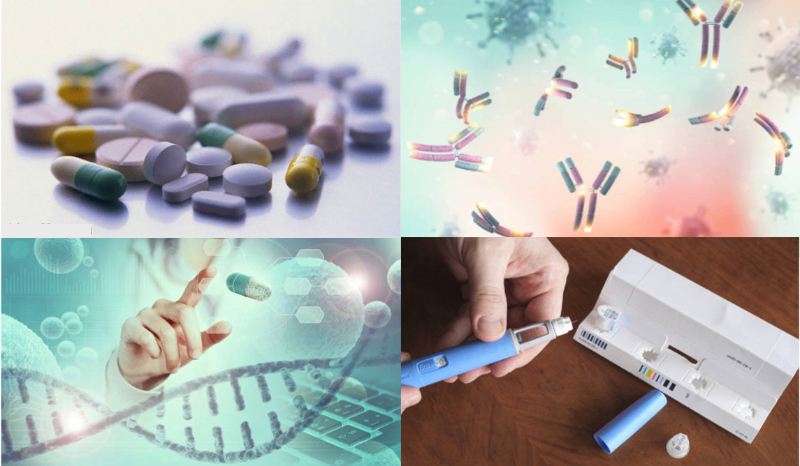The drug development course includes lectures from KTH lecturers and from external lecturers.
In parallel with the lectures, the students do a literature assignment (LIT2), which accounts for 5.5 credits (grading scale: A to E). The assignment includes a report about commercial medicinal drugs (first version due December 19). This literature assignment covers many aspects of the course. For this the students present a report, perform peer reviewing, hold an oral presentation and perform opposition. Material from scientific literature, from webpage of Health Authorities as well as other webpages, and from the lectures, are used for the report. LIT2 includes as well a peer-review report and a presentation based on the report. The presentations are conducted during two seminars (each one of a half-day) in December. The presence of the students is compulsory for at least one of the seminars.
In January, the exam (TENB 2.0 credits, grading scale: P, F) is a quiz multiple choice conducted in CANVAS. It is taken from home with surveillance done by ZOOM. For those wishing so, it is possible to be at KTH for the exam (after having arranged this with the examiner) but otherwise the presence at KTH is not needed for the exam.
PS: Notice that LIT1 and TENA are old notations, whcih can still be found in the text , but are not valid anymore.
The lectures will cover a broad range of aspects of drug development. It will give current examples from the pharmaceutical industry and will mainly be given by invited guest lecturers. Topics to be covered are:
- Classification of active substances and their pharmaceutical properties: proteins including antibodies and derived products, polymer molecules, small molecules, peptides, viral vectors and cells.
- Basic pharmacology about administration, absorption, distribution and elimination, as well as pharmacokinetics and pharmacodynamics
- Methods for target identification and validation for drug development, including bioinformatics/genomics
- Methods for drug development such as screening, computer based calculations, in silico drug design and ADMET prediction
- Safety and efficacy requirements as well as the methods used in pre-clinical studies and clinical trials of new pharmaceutical drugs
- Market landscape for the different types of drugs and their therapeutic areas
- Entrepreneurship and development of newly established research companies
- Intellectual property protection in the context of drug development and commercialisation
- Methods for commercial production of active substances
- Methods for pharmaceutical drug delivery including nano particles
The students will be required to perform a literature task covering many aspects of the course, present a report, perform peer reviewing, hold an oral presentation and perform opposition. (This is a group assignment with individual reports).
After successful completion of the course, the student should be able to:
- Describe the different classes of pharmaceutical substances: proteins and other large molecules, small organic molecules, peptides, viral vectors and cells, with regards to their properties, production, safety and therapeutic areas
- Describe and discuss the steps and important concepts in drug discovery and development, from target validation to commercial introduction of new therapeutic drugs, including the methods used in this field
- Explain what is meant by administration, absorption, distribution and elimination, as well as pharmacodynamic and pharmacokinetic, and their implication in the development of new therapeutic drugs
- Describe how the market landscape is for the different types of drugs and their therapeutic areas, and describe how this market has evolved this last century
- Describe the studies and methods used to test the drugs before they are applied to human and in clinical trials
- Give an account of- and explain how the therapeutic drugs are commercially produced, including the administration routes and delivery systems
- Describe how the safety issues, the authority regulation and intellectual property aspects impact the process of drug discovery and development
- Give an account of the use of computer based methods, including bioinformatics and genomics in drug discovery and development
